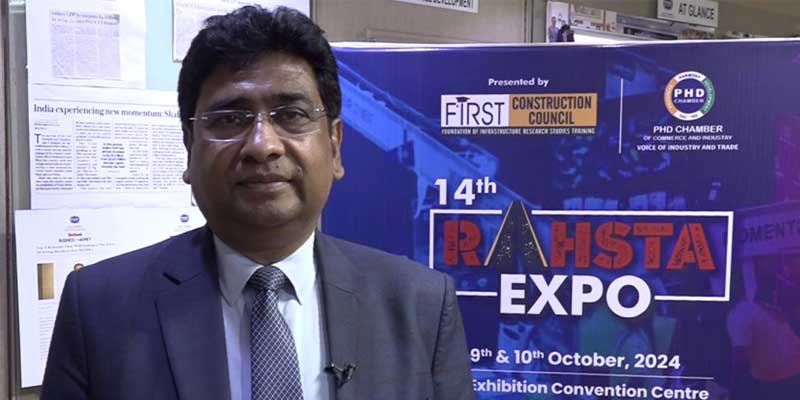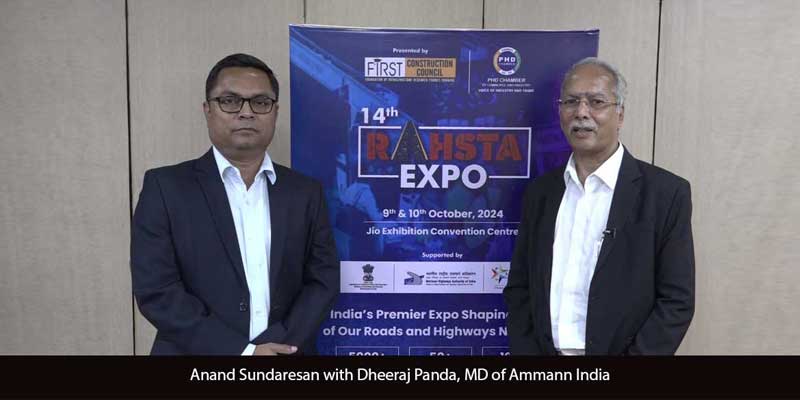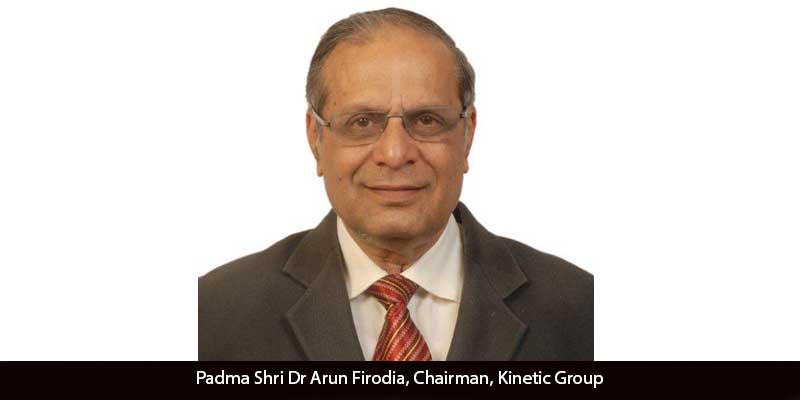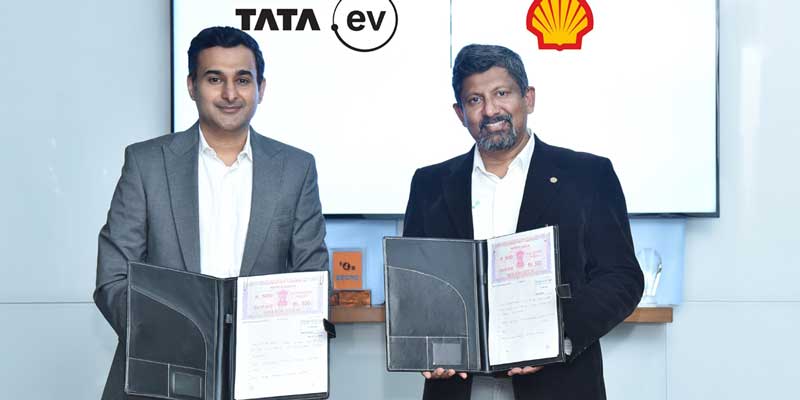Schedule a Call Back
Waste pooling collaboratives for profitable circular economy
 Articles
Articles- Apr 19,24

Related Stories

Waste pooling collaboratives for profitable circular economy
Waste reduction is one of the key steps towards sustainability. Companies opt for recycle, reuse and refurbish waste to create value. Here, R Jayaraman explains the concept of waste pooling collabor..
Read more
RAHSTA to showcase cutting-edge road construction tech, says NCC Director
14th RAHSTA (Roads and Highways Sustainable Technologies & Advancement) Expo - India’s biggest road exhibition - will be held as a part 10th India Construction Festival 2024 at Jio Convention Cent..
Read more
RAHSTA will drive road construction innovation: Sundaresan
14th RAHSTA (Roads and Highways Sustainable Technologies & Advancement) Expo - India’s biggest road exhibition - will be held as a part 10th India Construction Festival 2024 at Jio Convention Cent..
Read more













